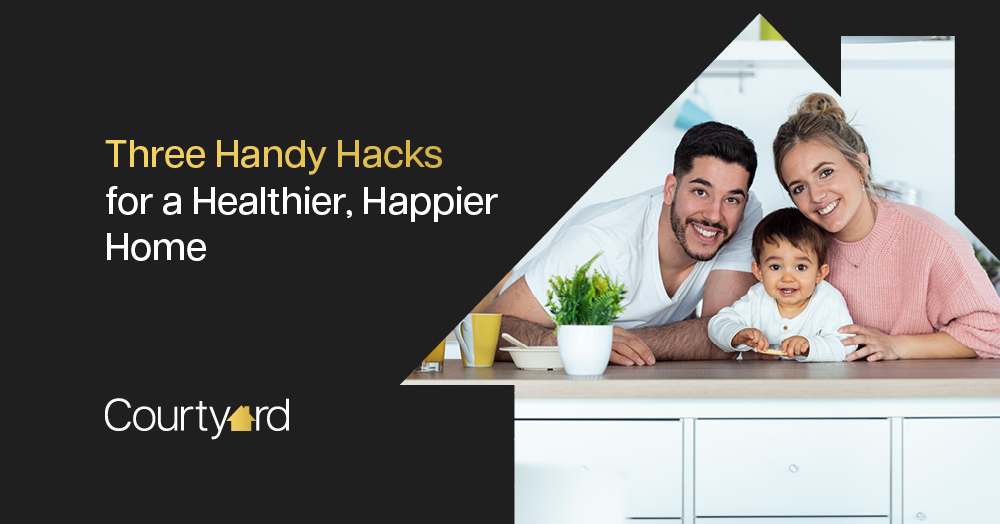Creating a home that nurtures you and your loved ones goes beyond décor, design and furniture layout.
A well-balanced living environment can greatly improve your physical, mental and emotional health.
Here are three tips to help you create a healthier, happier home.
- Clear the clutter for mental clarity
A cluttered home often mirrors a cluttered mind. Research has shown that clutter can increase stress levels and negatively impact mental health. A study from the Personality and Social Psychology Bulletin found that individuals with cluttered homes were more likely to have elevated cortisol levels – a stress hormone. Decluttering one room or area at a time can make the process more manageable. Donate, recycle or repurpose items that no longer serve a purpose, and organise what remains in a functional and aesthetically pleasing way. A clear space promotes clear thinking, reducing stress and improving focus.
Incorporating plants into your living environment can boost your physical and emotional wellbeing. Plants improve indoor air quality by filtering out toxins and increasing oxygen levels, which can lead to better overall health. The Journal of Physiological Anthropology highlights that the presence of plants in indoor spaces is associated with reduced stress, enhanced mood and increased productivity. If you’re new to indoor plants, start with easy-to-care-for options like spider plants, snake plants or pothos. These hardy varieties thrive in most conditions and require minimal maintenance. The calming presence of plants can help create a serene and refreshing atmosphere in your home.
- Design spaces for connection and calm
The design and layout of your home play a valuable role in your emotional wellbeing. Creating spaces that encourage relaxation and social interaction can lead to stronger relationships and a more peaceful mind. Research published in the Journal of Environmental Psychology suggests that relaxing and sociable environments can have a beneficial impact on mental health. For example, arranging your living room furniture to promote conversation, rather than just focusing on the TV, can encourage deeper connections with loved ones. Additionally, setting up a ‘quiet space’ with comfortable seating, soft lighting and calming colours provides a retreat for reading, meditation or unwinding after a long day.
By focusing on these three key areas and implementing these tips around decluttering, embracing nature and mindful design, you can transform your home into a sanctuary that supports your overall wellbeing and happiness.
